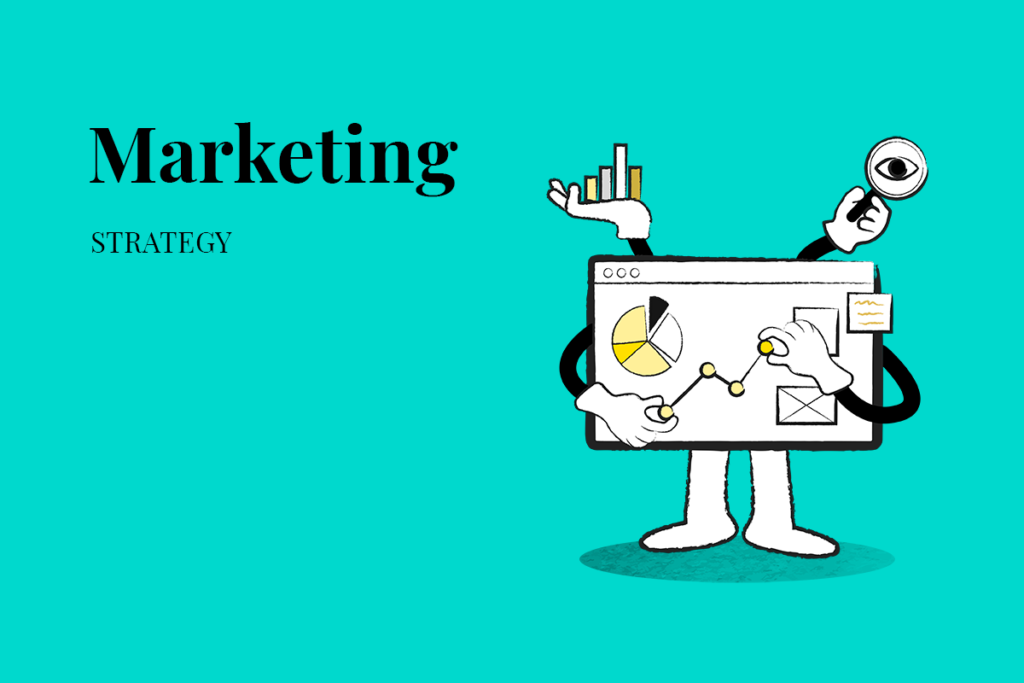AI in Omnichannel Marketing: Smarter, Faster, More Personalized

#marketing #ai #digitalstrategy
by Sebastiano Piras
Marketing today isn’t just about being everywhere. It’s about being everywhere intelligently. Customers don’t think in channels. They expect seamless experiences whether they’re scrolling through Instagram, checking emails, or visiting a physical store. AI is the missing link that allows businesses to create smarter, more personalized, and frictionless interactions across all touchpoints.
Omnichannel marketing has evolved. It’s no longer just about presence. It’s about precision, automation, and adaptability. But not all businesses are progressing at the same pace. According to Think with Google, AI adoption among marketers falls into distinct stages: Essentials (38%), Scaling (43%), Leading (19%), and Transforming (<1%). While some brands are still experimenting, others are using AI to optimize marketing workflows, scale personalization, and unlock real-time insights.
The companies leading this shift are already seeing significant results. As AI becomes more embedded in marketing strategies, the gap between early adopters and those lagging behind continues to grow. Understanding how AI enhances omnichannel marketing is no longer an option, it’s a necessity.
The AI advantage in omnichannel marketing
Predictive analytics: Understanding customers before they do
Forget reactive marketing. AI allows brands to anticipate customer needs before they even arise. By analyzing purchase history, browsing behavior, and social interactions, AI can deliver hyper-relevant recommendations and offers in real time, increasing conversion rates and brand loyalty.
Nike has become a leader in AI-powered demand forecasting, ensuring that its supply chain is optimized to prevent both stock shortages and overproduction. The company integrates AI-driven predictive analytics to analyze sales patterns, track market trends, and improve inventory accuracy, reducing waste while meeting customer demand more efficiently. This approach has not only increased profitability but also helped Nike strengthen its sustainability initiatives by cutting down on excess production.
AI-powered chatbots and virtual assistants
Customer interactions are no longer limited to support tickets and call centers. AI-driven chatbots and virtual assistants are redefining engagement across digital platforms, making customer service faster and more proactive.
One of the most advanced AI-driven assistants in European banking is Finn, developed by Dutch neobank Bunq. Finn is designed to provide personalized financial advice, spending insights, and savings recommendations, acting as a real-time financial coach for customers. Unlike traditional chatbots, Finn engages users in natural language interactions, analyzing transaction data to deliver context-aware guidance tailored to individual financial habits.
Finn also supports multi-channel engagement, allowing users to access its recommendations via Bunq’s app, website, and even voice assistants. This AI-driven approach enhances customer satisfaction by offering proactive financial management while reducing the need for human intervention in routine inquiries. As AI continues to evolve, banking assistants like Finn are becoming an essential part of customer experience strategies in the financial sector.
Personalization beyond first names
Personalization isn’t just about inserting a name into an email subject line. AI-driven personalization adjusts customer journeys in real time, using behavior, preferences, and past interactions to deliver relevant content, offers, and recommendations.
Netflix is at the forefront of AI-powered personalization, using machine learning algorithms to curate content for every user based on their viewing habits. Its AI-driven recommendation engine analyzes what users watch, skip, or binge, dynamically adjusting suggestions. Additionally, Netflix employs AI-powered A/B testing to personalize thumbnails for different users, ensuring the most engaging visuals appear for each viewer. These personalization techniques have been a core driver behind Netflix’s user engagement and retention success.
Smarter content & ad optimization
AI removes guesswork from marketing, continuously optimizing content and advertising strategies based on real-time engagement.
Google’s Performance Max campaigns take AI-driven ad optimization to another level. Unlike traditional advertising, where budgets and targeting require constant manual adjustment, Performance Max automates ad placement across Search, Display, YouTube, and Gmail while dynamically shifting budgets based on campaign performance. By leveraging AI for predictive targeting and creative selection, it ensures that brands reach the most engaged audience at the right time with the most effective messaging.
Globally, AI leaders saw ≈60% higher revenue growth than companies in the essentials stage in the past year.
Think with Google X
The rise of voice & visual search
With more users relying on smart assistants like Alexa, Google Assistant, and Siri, brands need to optimize for voice search queries. AI-driven voice technology is reshaping SEO, prioritizing conversational queries and long-tail phrases.
Google Lens is one of the most advanced AI-powered visual search tools, allowing users to scan real-world objects and instantly receive search results. This technology is revolutionizing omnichannel retail by enabling seamless transitions between physical and digital shopping. Users can scan a product, find where it’s sold online, compare prices, and even access reviews—all in real time. As AI in visual search continues to evolve, it will become an essential tool for e-commerce and customer engagement.
The future of AI-driven marketing
AI is already at the core of omnichannel marketing, transforming how brands engage with customers. The ability to analyze vast amounts of data, make instant decisions, and refine strategies continuously is setting a new standard for marketing efficiency. Brands that integrate AI effectively are not only improving customer interactions but also streamlining internal operations, reducing costs, and maximizing return on investment.
However, AI adoption is not just about having the right tools. Companies that lead in AI-driven marketing are those that align technology with clear business objectives, invest in AI literacy across teams, and ensure their approach maintains a level of human oversight. The shift is not simply about automation but about using AI as a strategic partner that enhances decision-making, creativity, and long-term brand growth.
The gap between AI leaders and those still in the early stages of adoption will continue to widen. As AI becomes more advanced, brands that embrace it strategically will gain a significant competitive advantage, while those that hesitate risk falling behind in an increasingly data-driven landscape.